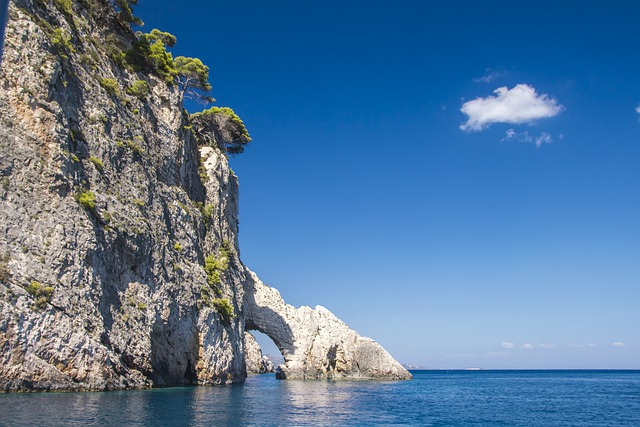The time you’ve been looking forward to is here. The long, tiring days are over, and it’s time for sun and relaxation. Especially since this year you’ve decided on a trip to Crete, where amid the beautiful caves and sunny beaches you can enjoy time with your family. Unfortunately, you’re unaware of the changing seasons, so you’re worried about getting there at the wrong time. But fear not. This article gives you all you need to know about the weather before your trip to Crete.
You need to know when it rains in Heraklion
In Crete, the country’s largest city, rainfall is variable. In fact, if you want to avoid the humidity and enjoy Heraklion’s fine weather, you’ll have to refrain from visiting in March.
What’s more, if you’re looking for a home not far from the coast, you’ll have to hang on for dear life, as the weather won’t be kind. According to the weather forecast, cold temperatures with a rainfall of 450 to 600 milliliters are to be expected. This is due to the intense heatwave during the summer season. In reality, the sun shines brightly in Heraklion in summer.
But contrary to what you might think, in winter temperatures are bearable. However, the strength of the wind may tend to make the climate a little heavier, as the weather forecast predicts zero degrees at night. Make sure you’re sufficiently covered up during this period.

It’s important to have an exact idea of the summer period on Heraklion Island.
After getting through the humid weather, relief returns during the period from mid-May to mid-September. No more precipitation during this period. On the contrary, the weather forecast predicts high temperatures, reaching an average of 40°C or more.
Nevertheless, fear not, as a pleasant wind sometimes blows over the ridge not far from Greece. Accompanied by several refreshing breezes, this wind blows over the island and makes the heat more bearable during this time of year when average temperatures are so high.
Finally, as for the sea temperature on these islands not far from Greece, you can go swimming from June to October, when the average temperature is 23°C.
Understanding when to set sail for this island near Greece
After these details on the climate variations in Crete, you’ll see for yourself that it’s best to leave in mid-June and mid-September. This choice of year-round travel really pays off when you plan to enjoy the sun and sea.
Be careful, though, as you may be in for a surprise. Indeed, although the ridge near Greece doesn’t hold any precipitation at this time of year, the wind can be biting. That’s why it’s best to take thick, warm blankets with you on any trip to these islands.
As for nature lovers, bear in mind that to take full advantage of the beauty of the Cretan landscape, it’s wiser to leave in spring. At this time of year, average temperatures are very mild. Zero rain, and no precipitation. On the contrary, you’ll enjoy glorious, blooming weather. And when it comes to visiting the island’s caves and taking part in activities, April and May, or the period from mid-September to mid-October, are the perfect months to go.




